Table of Contents
Properties of Sulfur:
Physical Properties of Sulfur:
- Ordinary sulfur is a pale yellow crystalline and brittle soild.
- It has a faint characteristic odour and a marked taste.
- It is insoluble in water but is readily soluble in carbon disulfide.
- Its melting point is 114°C and boiling point is 444.6°C.
- It is poisonous to small living organisms.
- It shows the phenomenon of allotropy and exists in five different allotropic forms.
Effects of heat on sulfur- On heating, sulfur undergoes different changes depending upon the experimental conditions. Herein, two cases arise as under-
- Effect of heat on sulfur in the open air- When sulfur (rhombic variety) is heated in open air, it burns wirth a blue flame giving rise to the fromation of sulfur dioxide (SO2).
| S + O2 ————-> SO2 ↑ |
- Effect of heat on sulfur in a closed vessel- When rhombic sulfur is heated gradually in a closed vessel or a test tube out of contact with air, sulfur undergoes series of changes as under-
- Upto 95°C, there is no noticeable change in sulfur.
- On heating further, it melts to a pale yellow mobile liquid at 114°C.
- On heating to 180°C, the colour of sulfur first changes to dark red, then to chocolate colour and it becomes thicker and finally becomes dark in colour.
- At about 240°C, it becomes highly viscous and cannot be poured if the vessel is inverted. This is called viscous stage.
- On heating further, above 250°C, it again becomes mobile though the colour remains dark. This is called mobile stage.
- At 444.6°C, it begins to boil to give off reddish orange vapours of sulfur. These changes are reversed on cooling giving rise to the formation of beautiful crystals of flowers of sulfur.
Chemical Properties of Sulfur:
Chemically sulfur is an active element-
(1) Combustion- On burning in air or oxygen it gives rise to the formation of sulfur dioxide.
| S + O2 ————-> SO2 |
(2) Action of non-metals- It combines with non-metals like H, Cl and C at elevated temperatures to yield the corresponding products.
- Action of Hydrogen- On passing H2 through boiling sulfur, hydrogen sulfide is formed.
| H2 + S ————-> H2S |
- Action of Chlorine- On passing chlorine gas through boiling sulfur, sulfur mono-chloride is formed.
| Cl2 + 2S ————-> S2Cl2 |
- Action of Carbon- On passing vapours of sulfur over red hot carbon, carbon disulfide is formed.
(3) Action of metals- On heating with metals such as Cu, Zn, Fe, Hg, etc. gives rise to the formation of the corresponding metal sulfides.
| Cu + S ————-> CuS Zn + S ————-> ZnS Fe + S ————-> FeS Hg + S ————-> HgS |
(4) Reducing properties- It is a strong reducing agent and it reduces concentrated H2SO4 and HNO3.
- Action of concentrated H2SO4– It is reduced to SO2.
| S + 2H2SO4 ————-> 3SO2 + 2H2O |
- Action of HNO3– It is reduced to nitrogen dioxide.
| S + 6HNO3 ————-> H2SO4 + 2H2O + 6NO2 |
(5) Action of hot alkalis- On treatment with hot alkalis like NaOH or KOH, it forms the corresponding sulfides and thiosulfate.
| 4S + 6NaOH ————-> 2Na2S + Na2S2O3 + 3H2O |
Uses of Sulfur:
Sulfur is used-
- In the manufacture of sulfur dioxide, sulfuric acid, carbon disulfide etc.
- In the production of matches, gun powder and fire works etc.
- In the preparation of sulfur dyes.
- In the vulcanization of rubber.
- In medicines for curing skin diseases.
- In killing of bacteria, fungi, insects etc.
- In the manufacture of bisulfides of calcium and magnesium used as bleaching agents.
- In disinfecting houses etc.
- In making a sulfur-sand cement.
- In the prepartion of compounds of sulfur.
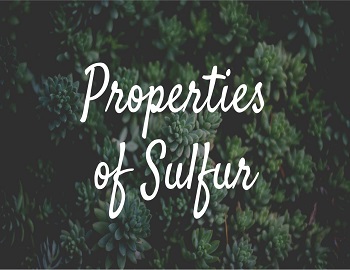
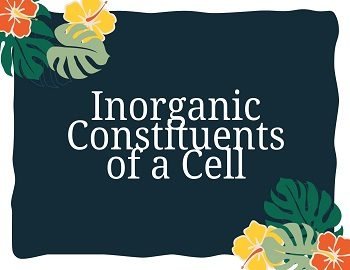
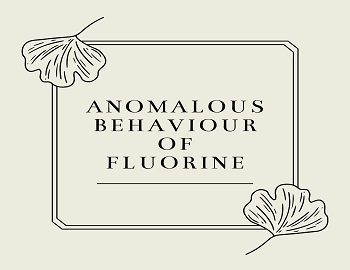
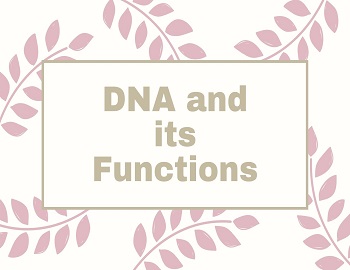
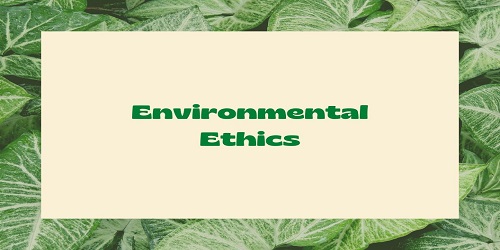
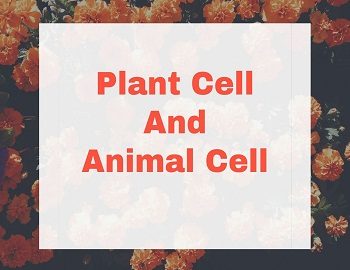

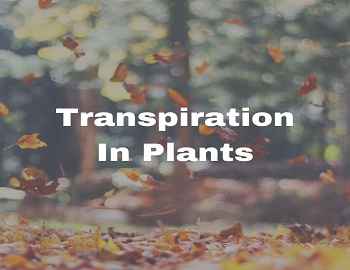
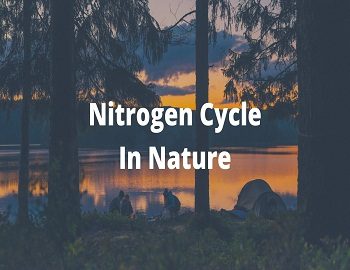
Comments (No)